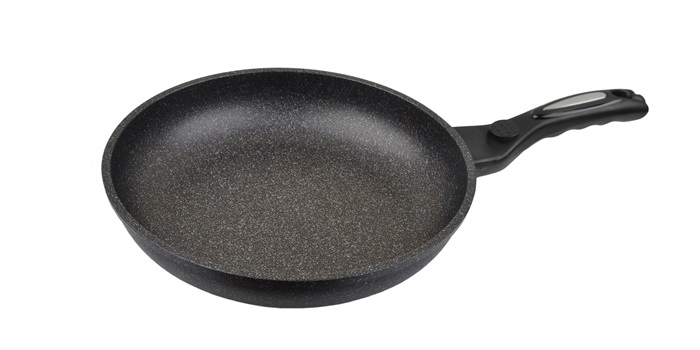In a new study, researchers has succeeded in implanting a fluorination pathway in bacteria, an achievement that paves the way towards future biological production of fluorinated compounds.
Most of us are in contact with fluorine on a daily basis. Just think about the electronic components in your phone or the material of your frying pan — or the toothpaste you brush your teeth with every morning! Things playing an essential part in our lives, but which currently are only produced with chemical methods harming the environment.
Thus, researchers at The Novo Nordisk Foundation Center for Biosustainability, DTU Biosustain, decided to investigate whether it would be possible to move the chemistry from an inorganic realm into a living cell opening up the formation of fluorinated molecules in cell factories.
“Usually when you think about bioproduction you mainly think about molecules composed by carbon, oxygen, nitrogen and hydrogen. We are bringing a new chemical element into the biochemistry of cell factories,” says Pablo Iván Nikel, Senior Researcher and Group Leader at The Novo Nordisk Foundation Center for Biosustainability.
He further adds that rather than simply reproducing what Nature did just in a different bug, his research group are rewriting the biochemistry of the bacteria for production of added-value compounds.
This effort is described in a new study published in Nature Communications. What the researchers did to be successful in their endeavor was to ‘hook’ the formation of fluorinated molecules to the presence of the substrate, in this case mineral sodium fluoride, which is for instance found in normal phosphate rock.

By establishing a genetic circuit with fluoride acting as both the inducer of the system and as the substrate for the fluorination reaction, they ensured that Pseudomonas putida, the bacterium they used for this study, was producing the target compounds only in the presence of sodium fluoride. This is a rather unique combination, since the type of inducer used to trigger gene expression in cell factories substrate is often a barrier to making biological processes economically viable due to its high cost (think of IPTG).
“Using a salt as an inducer of the genetic circuit makes it extremely cheap to get the cells to start producing fluorinated molecules," says Patricia Calero, Postdoc at The Novo Nordisk Foundation Center for Biosustainability, DTU Biosustain and first author of the study.
No attention to the new (metabolic) kids in the block
Since these biofluorinated molecules are not an integrated part of the typical chemistry of the cells, one of the major obstacles to overcome when testing the work in bioreactors will be to reach high enough titers. But using these new molecules in the cell factory also brought forward pleasant advantages. For example, the researchers did not experience any problems with degradation of the novel compounds, since the biofluorination pathway was kind of ‘insulated’ in the cell factory.
“It seems like the enzymes in Pseudomonas putida don’t pay a lot of attention because these molecules that we get into the cells are completely new. One could actually think about using the strategy of biofluorination shown in our study to insulate pathways. Thus, it could be a trick not only for producing our compounds of interest but also as a general strategy to make synthetic pathways blind to the natural biochemistry of cells," says Daniel Volke, Postdoc at The Novo Nordisk Foundation Center for Biosustainability, DTU Biosustain.
Taken together, the results prove how the manipulation of synthetic circuits, together with the adoption of a robust platform strain (Pseudomonas putida), can be used for biosynthesizing fluorinated molecules that today are only done with harsh chemistry.
A broad range of products can be targeted
Fluorinated compounds are used in applications that range from pharma drugs (25% of all marketed drugs contain fluorine) to pesticides, polymers and complex materials such as non-stick coatings (Teflon®) and refrigerants.
While the beauty of biofluorination is that it covers a broad spectrum of molecules used in many different applications, the focus is from a commercial perspective mostly on those applications where relatively small titers are needed.

“If we are targeting the pharmaceutical market you need very tiny amounts of very high-value products and the titers you have to reach is quite low. Whereas if you want to produce Teflon you need to produce hundreds of tons a cell factory may not be the right way to do that — as seen before with other bulk products. Our approach to biofluorination is to develop an enabling technology that will hopefully open the way towards several types of products containing fluorine, “says Pablo Iván Nikel.
The work on developing a biofluorination pathway is part of the EU-funded project, SinFonia, that aims to bring forward sustainable alternatives to the current production of fluorinated products by engineering the robust bacterium Pseudomonas putida as a cell factory to make fluorinated polymers.